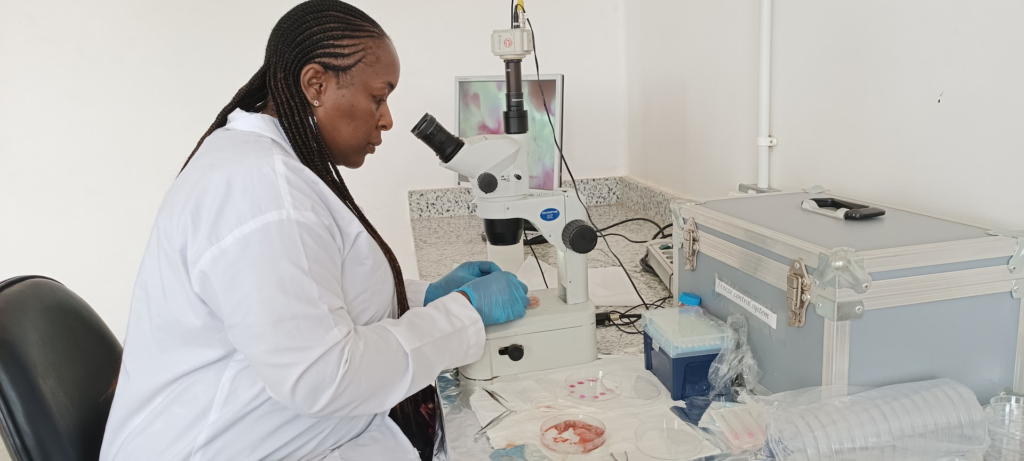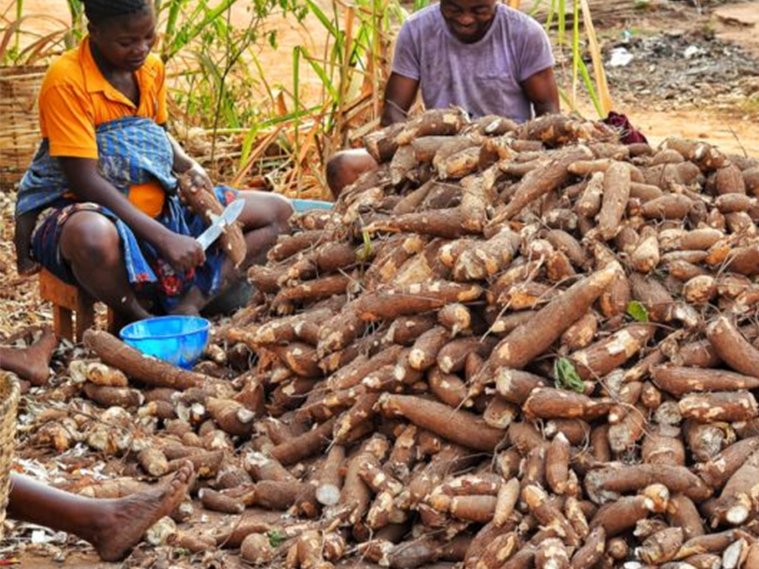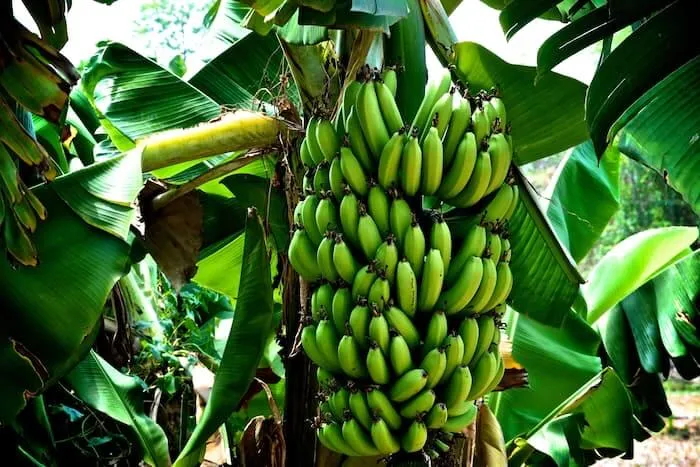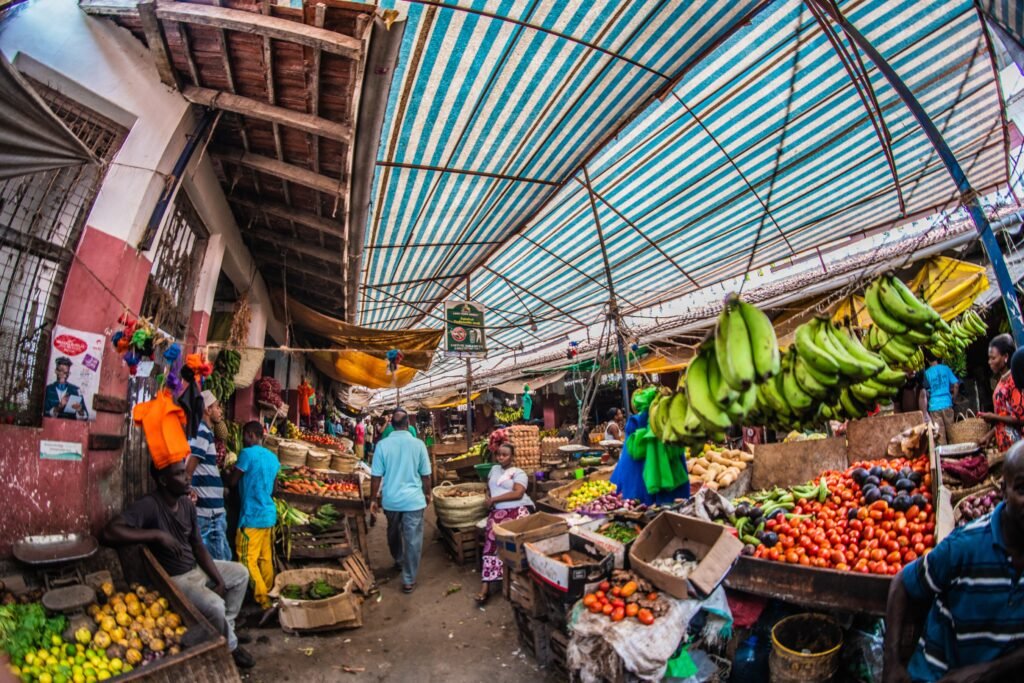Innovation and invention are obviously two different words, but the confusion about them is widespread and nagging.
Related posts
Leading with integrity
Prof Ratemo Michieka, the Chairman of Kenya National Research Fund, discusses the leadership values and management skills that have helped him leave remarkable legacies in the public institution’s
Search for local Foot-and-Mouth Disease vaccine picks up steam
FOOT-AND-MOUTH DISEASE (FMD) is one of the devastating animal diseases threatening the livestock industry in Uganda.
Biobanking project seeks to conserve the African indigenous chicken
Biopesticide made from cassava peels cuts grain losses 70 percent
Every year, Cameroongenerates about one milliontons of waste from its cassavaproduction of five milliontons.
Tanzanian farmers await first Fusarium wilt-resistant Mchare cooking banana
A new hybrid variety of the Mchare cooking banana that is resistant to the Fusarium wilt (FW) fungus will be released to farmers in Tanzania
15th Edition
The start of a new year is always a good time to reflect on the past and see how it will shape the present and the future.
Smartphone apps link farmers to agricultural markets
Uganda’s agricultural sector is massive, producing a range of commodities for local markets and the entire Great Lakes region, including Kenya.
Small businesses hold the key to affordable, healthy foods – report
As Kenya continues to face the triple burden of malnutrition – overnutrition (obesity), micronutrient deficiency, and undernutrition – the role of MSEs can no longer be overlooked.
Long live the smallholder
As recently as 12,000 years ago, therewere only four million people on planetEarth, and their numbers had notreached one billion until the early 1800s.










